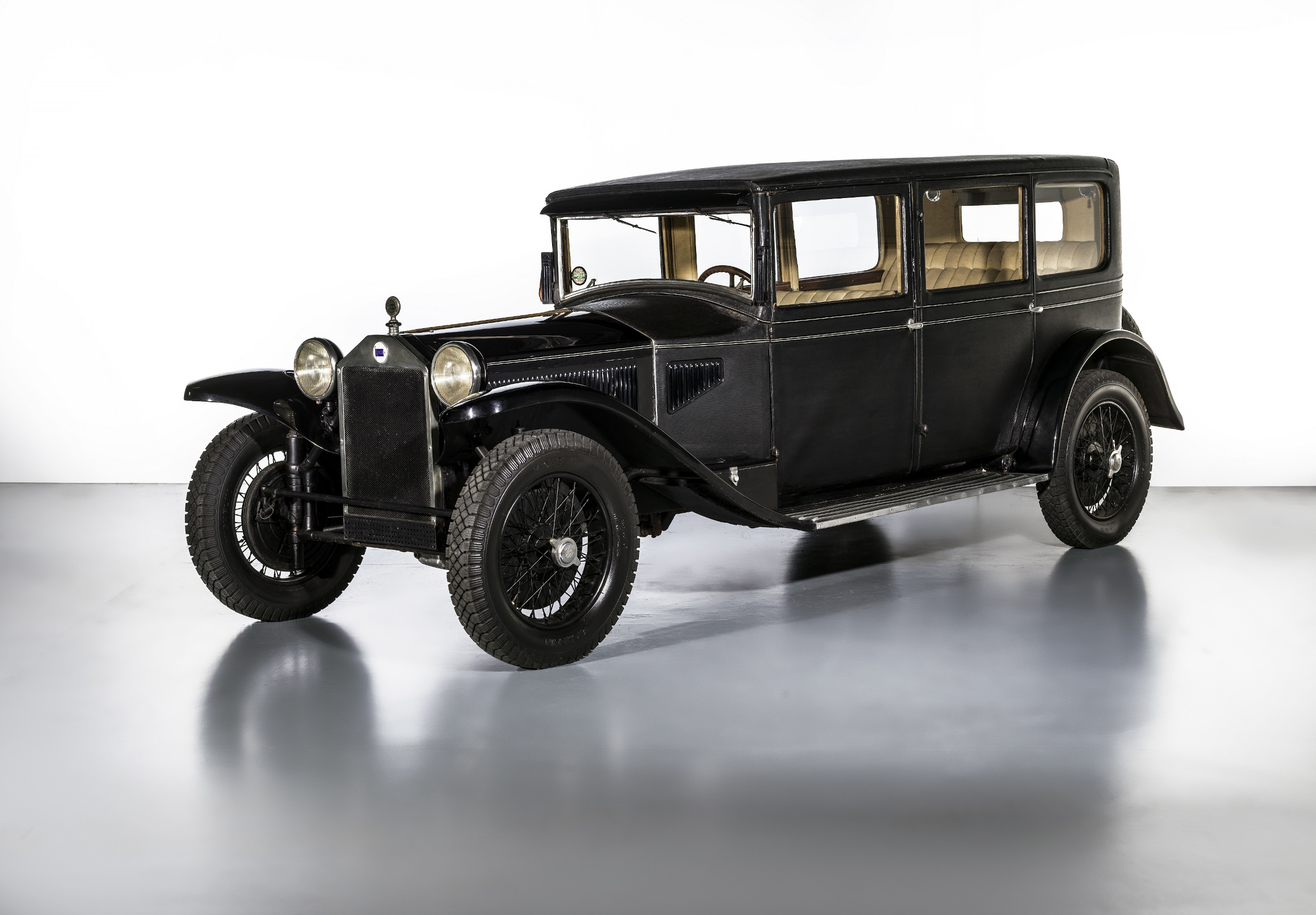Lancia Lambda, the revolutionary car was born 100 years ago

A six-day international super rally in Turin and an exhibition at the National Automobile Museum celebrate the centenary of one of the most significant models in the entire history of the automobile. When? Starting from September 1st, exactly 100 years after the first model was put on the road
In 1921 Vincenzo Lancia had long ago created a brand synonymous with quality. Since 1908 he had made the 18/24 HP Alpha, the 12HP Zeta (1912), the 35 HP Theta (1913), the Kappa (1919), the Dikappa (1921) and the Trikappa (1922). But it was with Lambda that he built his reputation as an internationally pioneering manufacturer. This is the revolutionary model in which his knowledge, the result of years of passion and experimentation, has converged, bringing innovations to the market that have changed the world of the automobile. For the first time a car with the fusion between body and chassis was product, and this made it more resistant and lighter at the same time. Not only that, the Lambda also had a 4-cylinder V-shaped engine with a 13-degree angle, very narrow, which allowed a compact and light vehicle structure. Another step forward, the front with independent wheels, for greater safety. Among the main features there was also a great driving handling, thanks to the weight with optimal distribution on the two axles and also to the considerable steering radius. On the winding roads, the Lambda was a touring car unbeatable even by cars of higher power and speed.


The Lambda of the patron. The car was presented to the public in its definitive version at the Paris and London motor shows in the Autumn of 1922. Given that it was first put on the street on the Moncenisio road, which was the test track par excellence of the Turin manufacturers of the time, it is from there that the parade of the gathering organized by the Italian Lancia Lambda Registry will pass on September 1st (31 August – 5 September); without forgetting to go back to the place where the Lancia Experiences Department was, in via Salbertrand. While a selection of ten examples will be exhibited at the Mauto from Saturday 4 September, including a Lambda that was by Vincenzo Lancia (see photo). The exhibition will be open every day, for information: www.museoauto.com.
Big success in the market. Deliveries began in 1923. 12,998 units were sold throughout the decade of production, divided into nine series. Here are the features:
I to IV series, years 1923-1925: type 67 engine; bore 75; stroke 120; displacement cc. 2120; power hp 49 at 3250 rpm; three-speed gearbox; weight Kg 1.000; speed 115 Km / h.
V series, year 1925: same engine type 67; the four-speed gearbox is introduced. Up to this series, the body is called “type 214”, in the only Torpedo version with the option of purchasing a “balloon” as an option to transform it into a closed vehicle. Pitch mm. 3100; front track mm. 1330, rear mm. 1360. Weight Kg. 1.150. A V series called “colonial” was also presented, with carriageways, mudguards and predelle widened by mm. 90.
VI series, year 1925: uses the body called “216 type”, with wheelbase increased to mm. 3,420 which allows you to mount, on request, folding seats for two more seats; strengthening of the structure with weight increased to about Kg. 1,250; increased the diameter of the brake drums to maintain excellent braking even with heavier weight. The sixth series was also fitted with the chassis called “type 217”, with structure built on the Weymann-type sedan.

VII series, June 1926: new engine called “type 78”; bore 78; stroke 120; displacement cc. 2370; power CV 59 at 3500 rpm. Torpedo bodywork set up on four bodies: short with type 218 and 219, long with type 216 and 217. Speed 120 Km/h.
VIII series, April 1928: engine called “type 79”; bore 82.55; stroke 120; displacement cc. 2570; power CV 69 at 3600 rpm. Torpedo bodywork set up on four bodies: short with type 221 and 223, long with type 222 and 224. Weymann sedan bodywork set up on two bodies: short with type 225, long with type 226. Left-hand drive possible. Weights: from 1.200 kg for the short torpedo to 1.450 kg for the long sedan. Speed 125 Km / h.
IX series, January 1931: practically the same as the VIII series. In the engine, the coil ignition replaces the magnet; some examples are equipped with an electric pump; fuel instead of the vacuum power supply. The left-hand drive is no longer present and the dashboard is simplified due to the lack of the tachometer, mounted only in the VIII series.
© REPRODUCTION RESERVED

